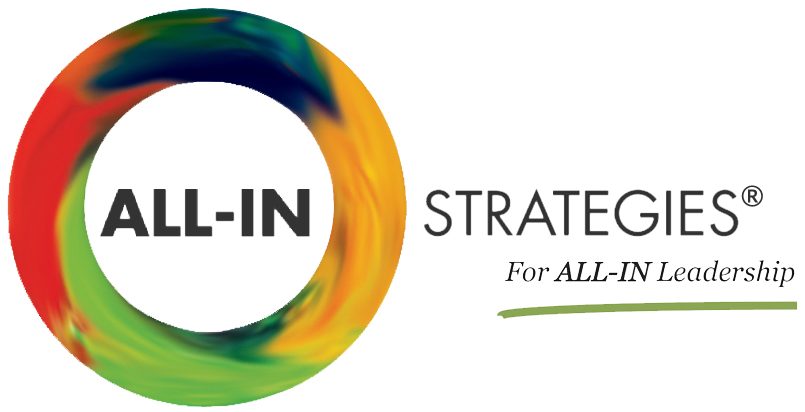While watching all the big changes in Washington D.C. recently, I’ve been thinking quite bit about the concept of ego—what it means to have one of the healthy or unhealthy variety. Depending on your point of view, it seems we’ve been witnessing many more public displays of unhealthy egos than healthy ones.
Frequently, the word ego hits us in a negative way. He has a swelled head; she has a superiority complex; he’s full of himself. We often use these descriptors as codes for unhealthy egos. Not to get too Freudian, unhealthy egos can be fear-driven—fear of not having control, of not getting credit or of not being viewed as competent or superior.
When these fears surface, a leader’s unhealthy ego is often not far behind. Instead of delegating responsibility, praising team members, or sharing credit, the focus turns to demonstrating one’s superiority over others or proving our importance. Unchecked, the ego can be the undoing of capable leadership. Numerous worksite surveys and studies warn about the negative impact that a leader’s inflated ego can have on employee morale, trust, performance and organizational effectiveness.
Chances are when these types of behaviors show up, our unhealthy egos are in control:
- Not taking time to listen to or understand what others are saying
- Talking over other people
- Not admitting our mistakes
- Making decisions without seeking perspectives from our colleagues or co-workers
- Thinking we’re always right or have the best answer
- Quickly judging and dismissing the ideas of others
The truth is we all need an ego to move through the world. At the heart of ego is our identity—our sense of self-respect and self-worth. We know our healthy egos are in the driver’s seat when our behavior is more in line with characteristics like these:
- Patience and presence with other people
- Openness and trust in turning over decision-making to others
- Expression of appreciation for the contributions of others
- Ability to openly make fun of ourselves with colleagues and co-workers
- Ability to openly admit our mistakes
- Care about the needs of others
Effective leaders recognize when they are moving into the world of the unhealthy ego and can recalibrate themselves to work their way back to the land of the healthy version. To gauge where your ego might be at any given point in time, take notice of how you’re behaving in meetings and discussions. Try this exercise in a few of your upcoming executive meetings.
- Make two columns on a sheet of paper. In one column write UNHEALTHY EGO and in the other write HEALTHY EGO.
- Be conscious of unhealthy ego behaviors. Each time you find yourself engaging in one, write it down in the appropriate column. When you find yourself returning to healthy ego behavior, write that behavior in its column.
- At the end of the meeting, review the columns and see what you’ve learned.
Head off to your other meetings. Repeat in each meeting. Which ego is mostly in the driver’s seat? If the answer is not to your liking, pick one behavior you want to change; identify the behavior you want to adopt and repeat the paper exercise for a couple of weeks to see how you progress.
Let me know how it goes! Contact me at info@allinstrategies.com

